-
Posts
19,754 -
Joined
Content Type
Forums
Detector Prospector Home
Detector Database
Downloads
Posts posted by Steve Herschbach
-
-
Bottom line is the worse the mineralization, the more inaccurate and erratic will be the discrimination with any detector. How common it is depends on the ground itself and the types of trash targets.
-
Correlating numbers from GMT to MXT is like correlating to the Gold Bug Pro. Different scales.
-
Mineralization level readings (we are not talking ground balance numbers) are relative numbers and the number displayed by an MXT may be different than that displayed by a GMT over the same ground.
I can't say that I pay much attention to the numbers in reality. I detect the ground and respond to how the detector acts, not what the numbers say.
-
Great info Tortuga! Thanks!! I knew it was same part as my CTX and figured somebody would be selling it as a CTX part by now but had not been able to find it yet.
Minelab Part number 3011-0039 for CTX includes the armrest, and note the armrest and lock mechanism in the CTX is different than that on the GPZ so getting this part number will get the CTX armrest cup. But for $10 not a huge deal. The stand itself must only cost a couple bucks.
The GPZ manual lists an armrest and stand kit but no part number.
-
The Mineralization Level is the same thing the GMT is trying to tell you with the Follow Black Sand reading. The MXT displays this number as GND is the prospecting Mode but gave it the wrong name to confuse people. GND as displayed on the MXT in Prospect mode is not the Ground Balance setting but is an indication of Mineralization Level.
This is also what Fisher is doing with the Fe3O4 graph on the Gold Bug Pro and other models. All these are attempting to measure magnetic susceptibility. Ground Balance numbers are related to the ground phase reading and so are basically like a discrimination VDI number for the ground. Magnetic susceptibility is more directly related to detector performance. The higher the reading, the more problems you have with depth, but it hurts the discrimination side more than the all metal side of things as far as depth. it also is what will make a non-ferrous item read as ferrous. The higher the magnetic susceptibility, the more inaccurate the VDI numbers.
-
Ground like that is not all that uncommon in California and the ground right here in Reno is almost as bad. Just loaded with magnetite. Ground balance reading is only part of the equation. It only tells you TYPE of mineralization. Use the Mineralization Level to determine the AMOUNT of mineralization. This is the more valid reading when talking about how bad ground is.
-
One of the very first things that happened to me when I got my nice, new GPZ 7000 is I leaned it up against my truck. It slid sideways and down onto the ground hard. And broke the footrest on one side.
Luckily this part is replaceable but I have no idea at what cost. I guess I may as well find out and try and get one but for now it can stay broken.
If I had put my protective cover on BEFORE using the detector this would not have happened.
-
Good post Mark, I am glad you are having fun with the TDI. Like any detector, learn it, use it, it will treat you right.
-
I just don't know what to think about trying to "discriminate" with a detector not designed to do so. Even the best VLF with the best operators are wrong a lot of the time (Steve H. excepted). What I do know is I have dug a lot of holes, thinking as I dug "tonight I'll be able to afford my beer in a bottle instead of a can" and then be sorely disappointed with another piece of iron. I have also dug obvious iron trash targets that are now in someones nugget collection. Every time I think I'm clever I only out smart myself. The nugget responses on the Z are all over the place and are not to be trusted. You get warbley signals, double beeps, tiny nuggets making a LOUD signal. and faint whispers from something that you think should have screamed. However if anyone has some discrimination tricks to try with the Z I would certainly try them.
I am wrong all the time. The problem is we never know exactly when we leave a target in the ground if we were wrong or not. I figure I have left more gold in the ground than most people ever find. I like the basic concept of dig it all. But I get into places where there is just too much trash, or when I am just too tired at the end of the day and out of steam. At that point I will dig targets that sound "sweet" to me and my percentage of non-ferrous to ferrous does improve. But at the very same time doing this I know I have walked away from good targets. Just the way it is.
-
-
Also fun using a detector with no target id information, making you have to dig targets that "sound good". That alone results on a different class of finds.
-
Yeah, TDI settings.
Good job! I really, really enjoy trying something different, like a PI, where everyone has used a VLF. Main thing is just be real different. I believe that similar technologies miss similar targets. Changing up technologies can reveal finds that really do make you wonder sometimes.
-
You guys need to cut this out. I have owned several X-Terras and liked all of them. Now you are making me want to get another to fiddle with. Going contrary to my desire to minimize my collection. Must resist......
-
Yes, Gold Bug Pro, another fine unit.
I am very much at the point where I think single frequency 13 - 19 kHz tech is maxed out for depth and sensitivity to small stuff. It really now is all about the "additionals" like ground balance methodology, coil availability, and intangibles like how the machine sounds, feels, and even how it looks. Performance advances, if any, are in the area of how well a machine operates in dense targets and how well they separate ferrous from non-ferrous.
Long story short they all work about as well for me. I am just as guilty as anyone however when it come to playing with the toys so I get where you are coming from.
-
Yeah, it is a VLF, and a very high gain VLF at that. It will overload on extremely bad ground. The nice thing is it tells you about it. Some VLF detectors shut down silently and you do not even know it. I look at the overload signal on the FORS models as being the "time to break out a PI" signal.
Depths are comparable to other 13 - 19 kHz detectors. You already have the MXT so you are already at the limits of single frequency VLF performance.
-
I agree Chris, I found that older coils I used to really like on my older Minelab PI models were unstable by comparison when run on my GPX. They still worked, but got a bit noisier.
-
The Minelab coils and TDI coils are not the same. The TDI is very forgiving and can run most Minelab compatible coils. The Minelabs however are more demanding and will not run coils made specifically for the TDI.
Some larger Minelab coils overload when run on the TDI at lower pulse delay settings. I tried quite a few briefly to test this and found that the pulse delay had to be run from 10 uS up to 17 uS or more to just get the coils to work at all in the air. No telling what exposing them to bad ground would do.
In my opinion the coils that are going to works best on the TDI are those made specifically for it. I have no real evidence to back that up however, just a feeling based on the fact that the Minelab coils are "out of spec" as far as the TDI is concerned. In general it does appear from the evidence that the larger the Minelab coil is the less likely it is to run properly on the TDI, or at least without having to increase the pulse delay setting.
I would also be interested in hearing of any success with oversized coils on the TDI. The largest I actually used for any real hours was the stock 12" round coil. This was my best find with the TDI, a 1.93 oz specimen at Moore Creek, Alaska. http://www.detectorprospector.com/steves-mining-journal/whites-tdi-moore-creek-alaska.htm
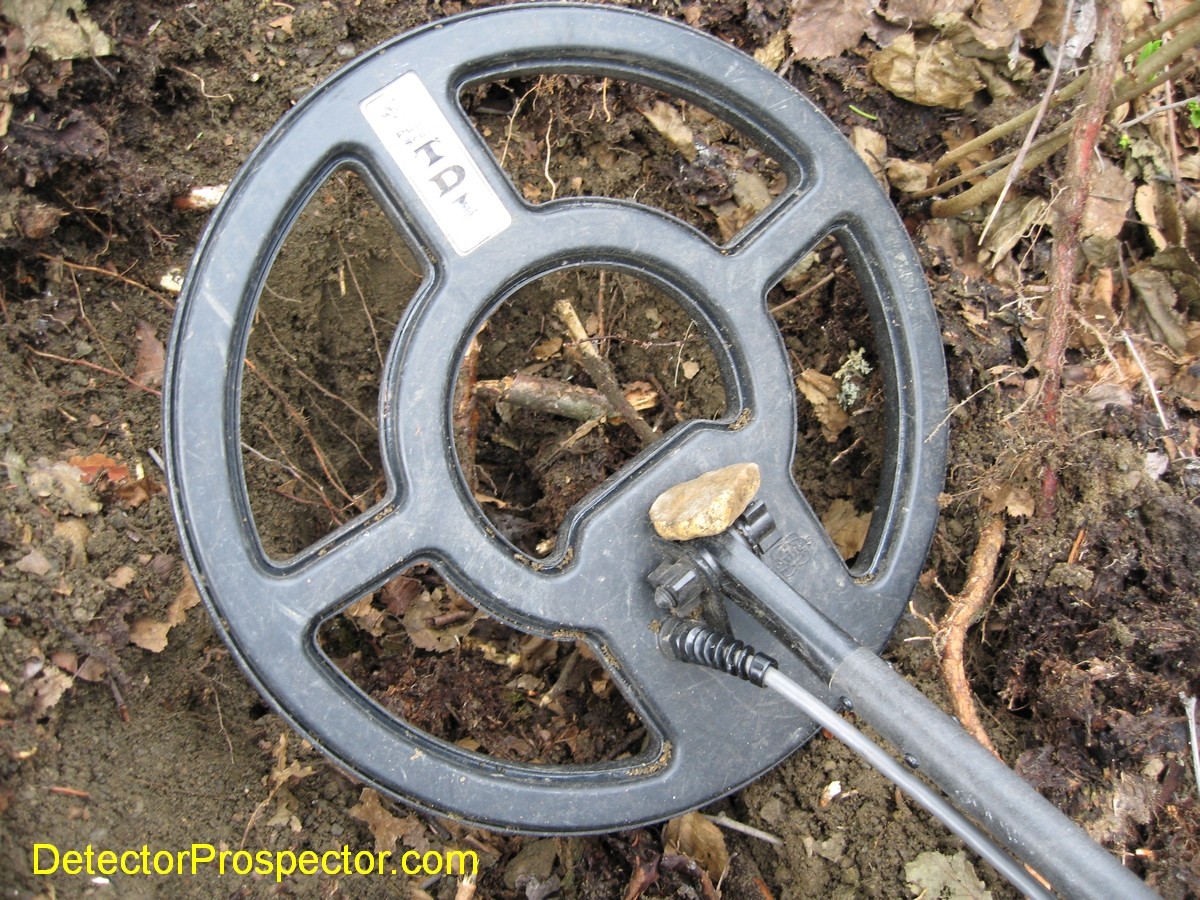
-
You mean besides finding gold with it? What sorts of tests are you looking for?
-
That is something you have to determine through trial and error yourself. My experience with two I built was it is not a major issue. I could only get so short and still have room to wrap the cable.
-
That ground up there is why they make PI detectors. Just loaded with magnetite and there are places even a SDC 2300 will struggle. Bottom line is it can be a real battle with any VLF in places like that. Smaller coils, DD coils, low sensitivity settings etc are all possible ways that will help. There is no magic solution for a VLF in really bad ground however. Not the best place to use a new machine as a person usually needs to be an expert VLF operator to tackle locations like that.
Sorry to hear about the coil.
-
As long as there are targets there will be gold. Good going Chris!
-
-
The only way I know to do it is hit the Full Version button at the bottom and do on full forum.
-
It will hit smaller gold than anything you can buy, far smaller than a Gold Bug 2 even. Main problem is it is a probe, and so you only cover an area about 1" wide with a depth on small stuff of about an inch. But in that inch it is super sensitive. I have one I use for finding specs of gold in hard rock samples.
It also is manual tune and finicky. It will sound off on miniature hot rocks just like any hot detector, except they are hot grains of sand. A great tool to have but very limited in applications. It could be very helpful sniping but will also find a tiny piece of lead or steel down in that hole.


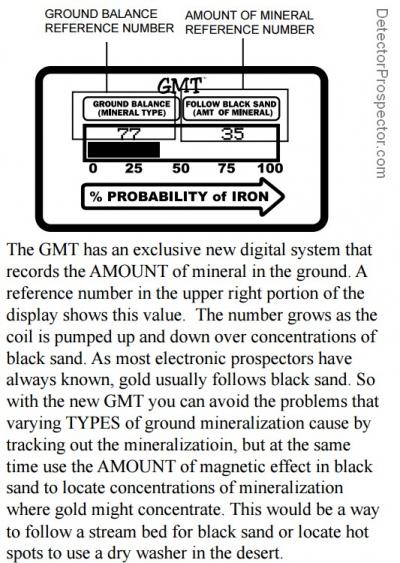
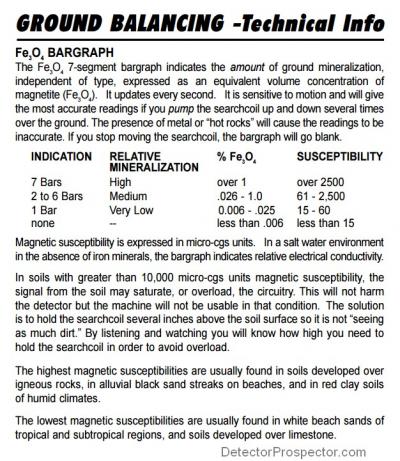
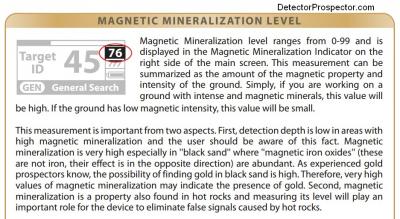
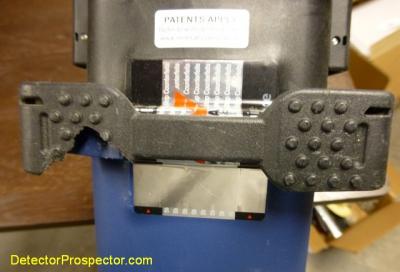

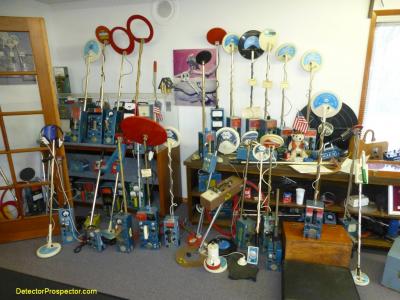
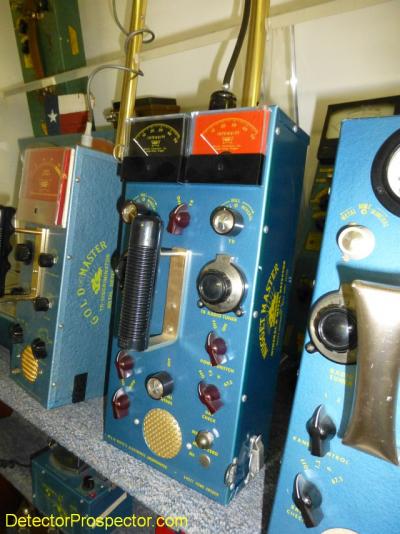
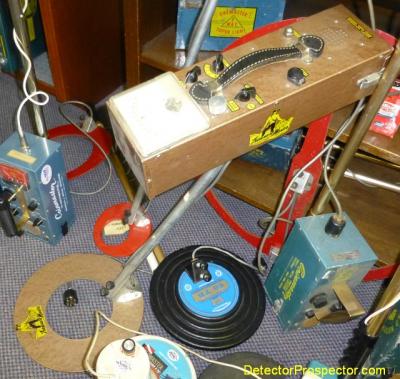
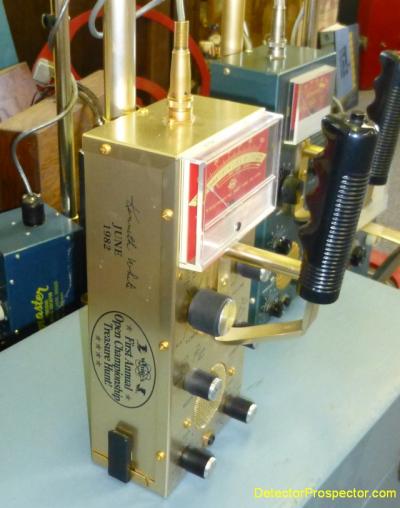

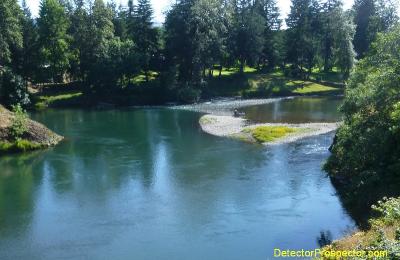
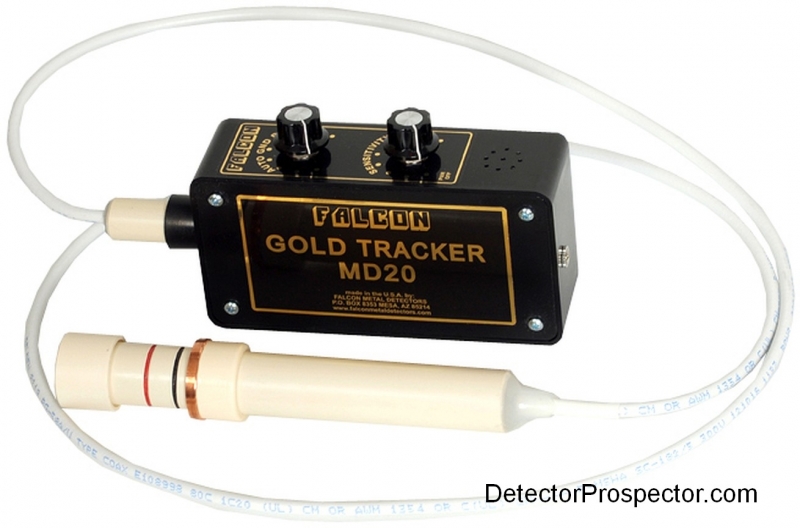
Fors Gold Tests?
in Nokta / Makro Metal Detectors
Posted
Excellent point John!